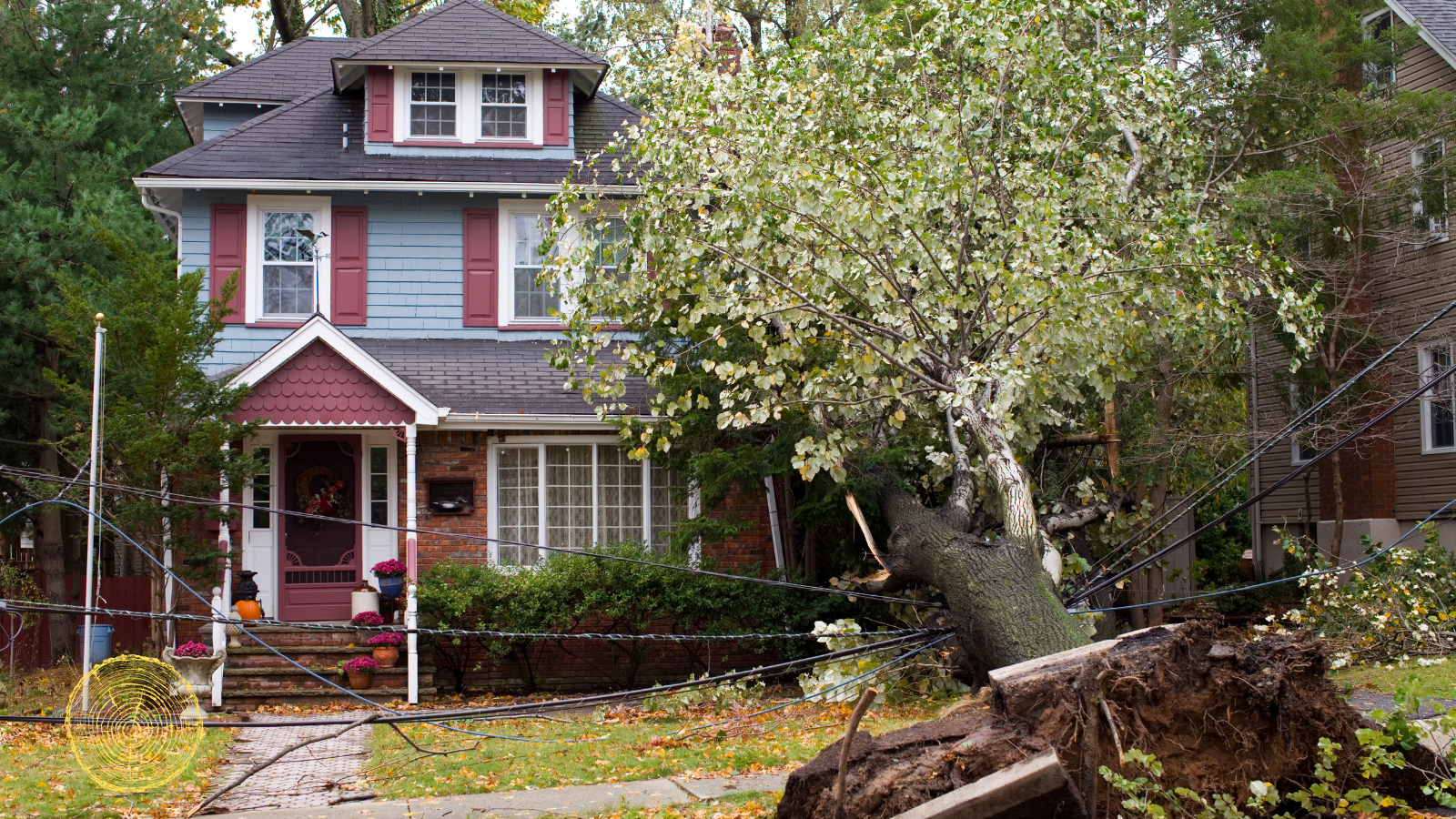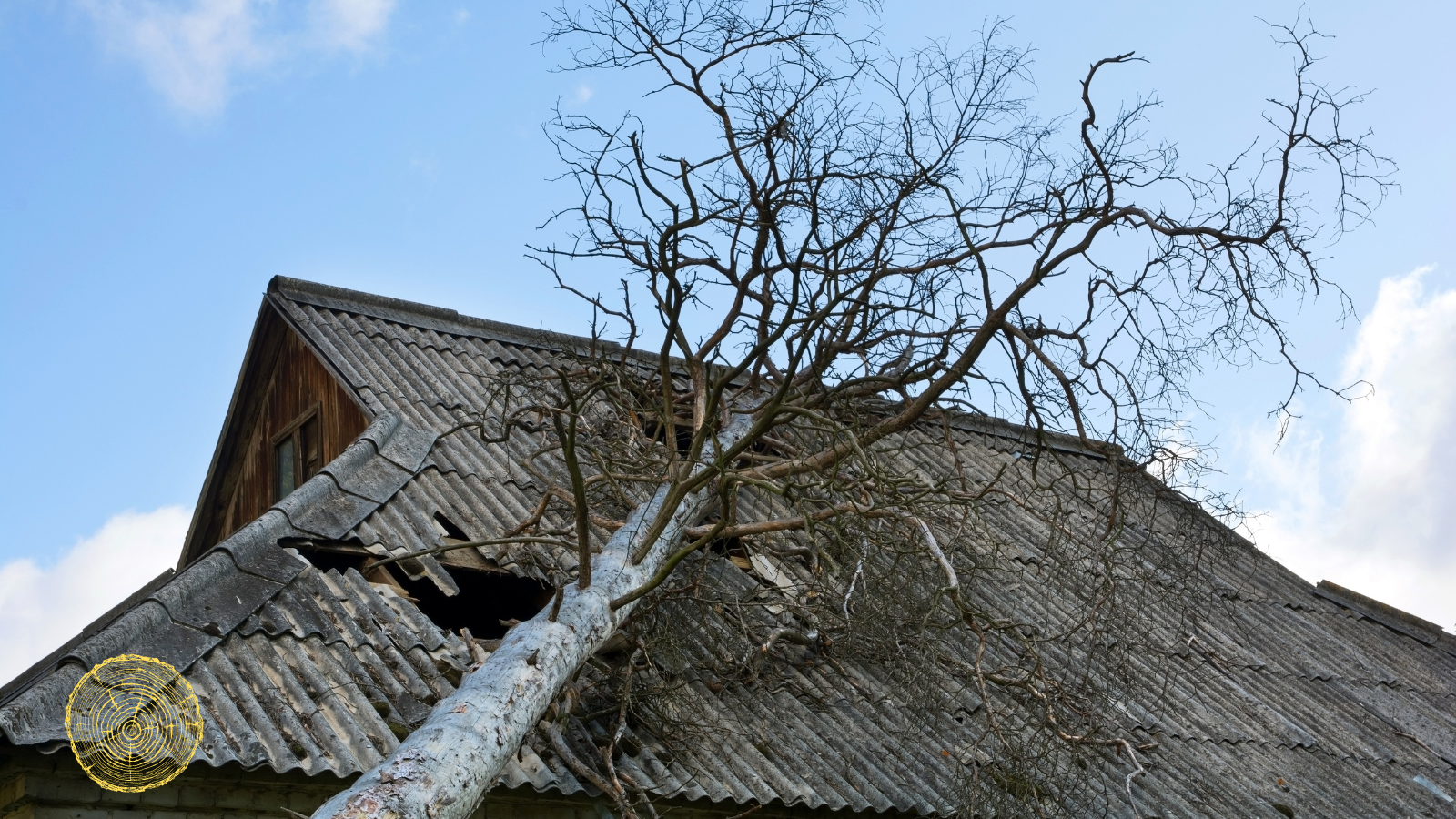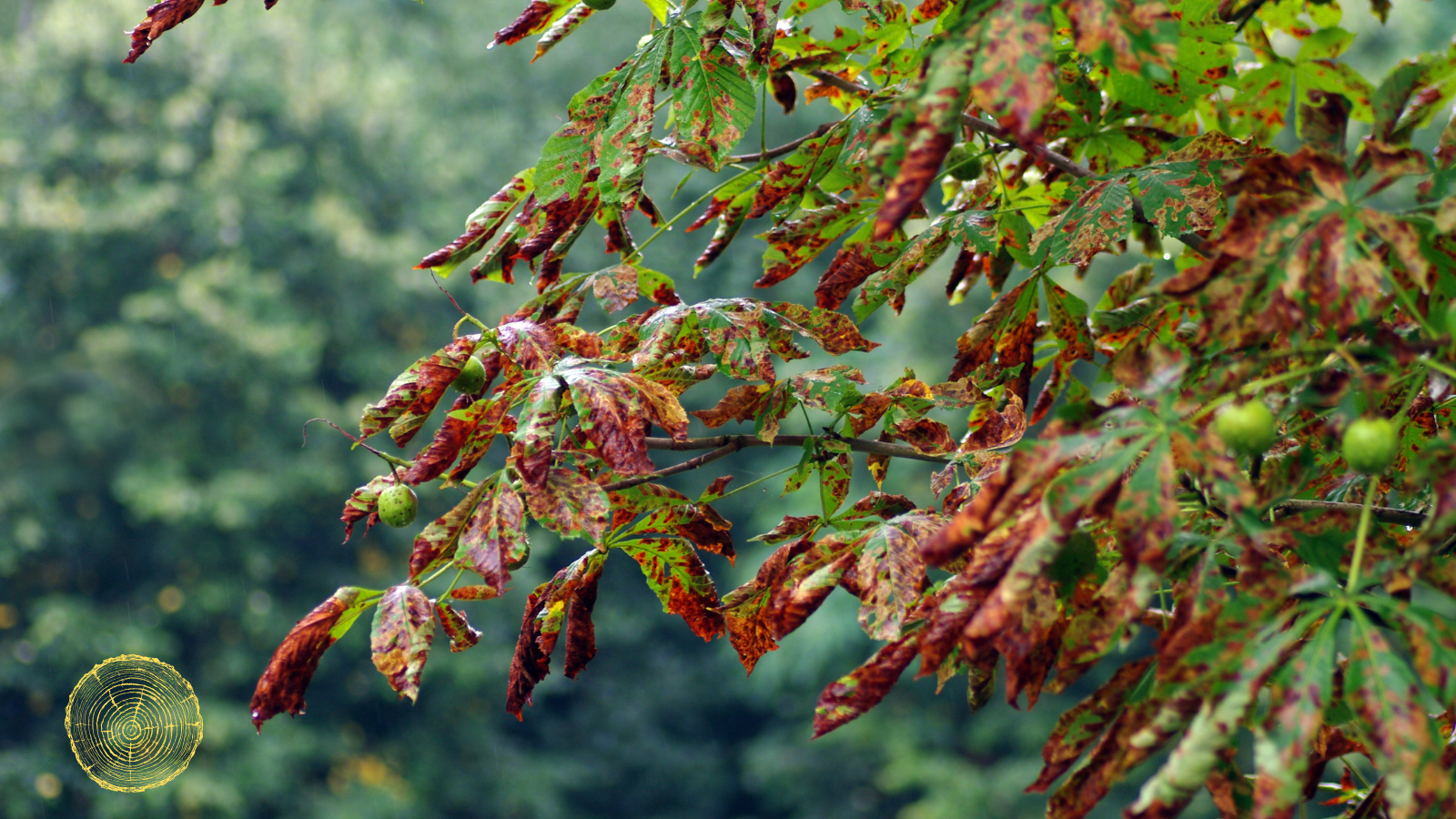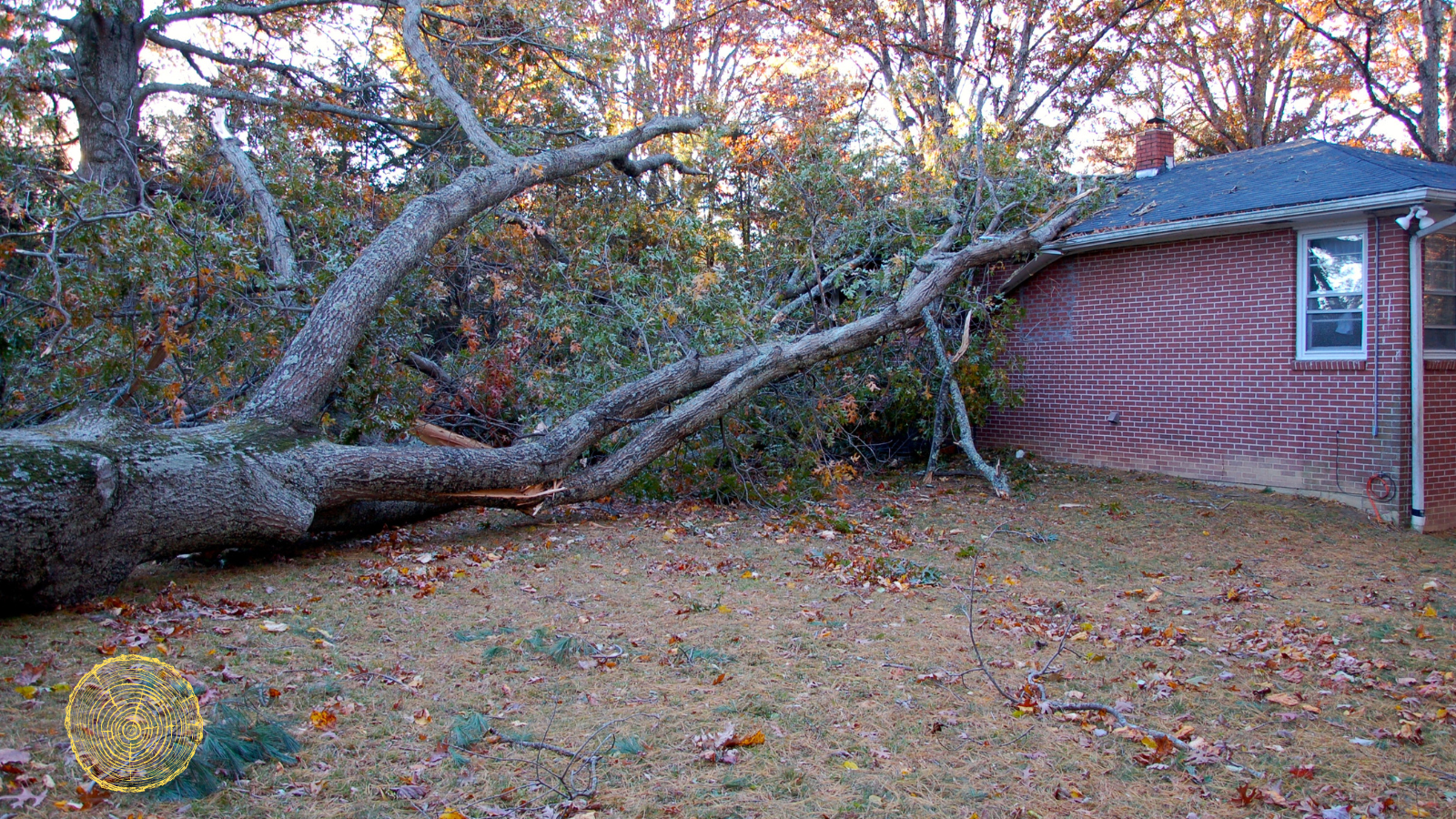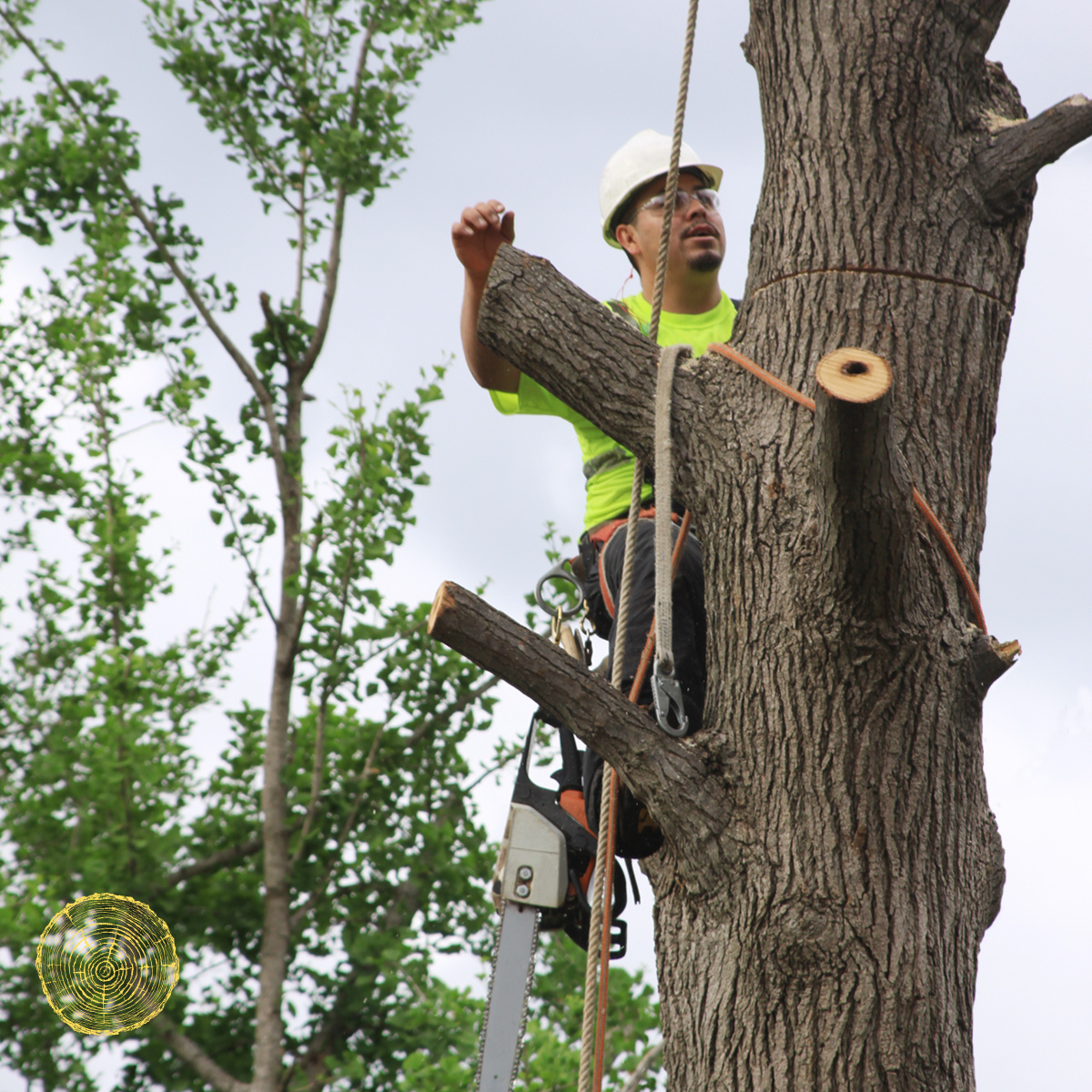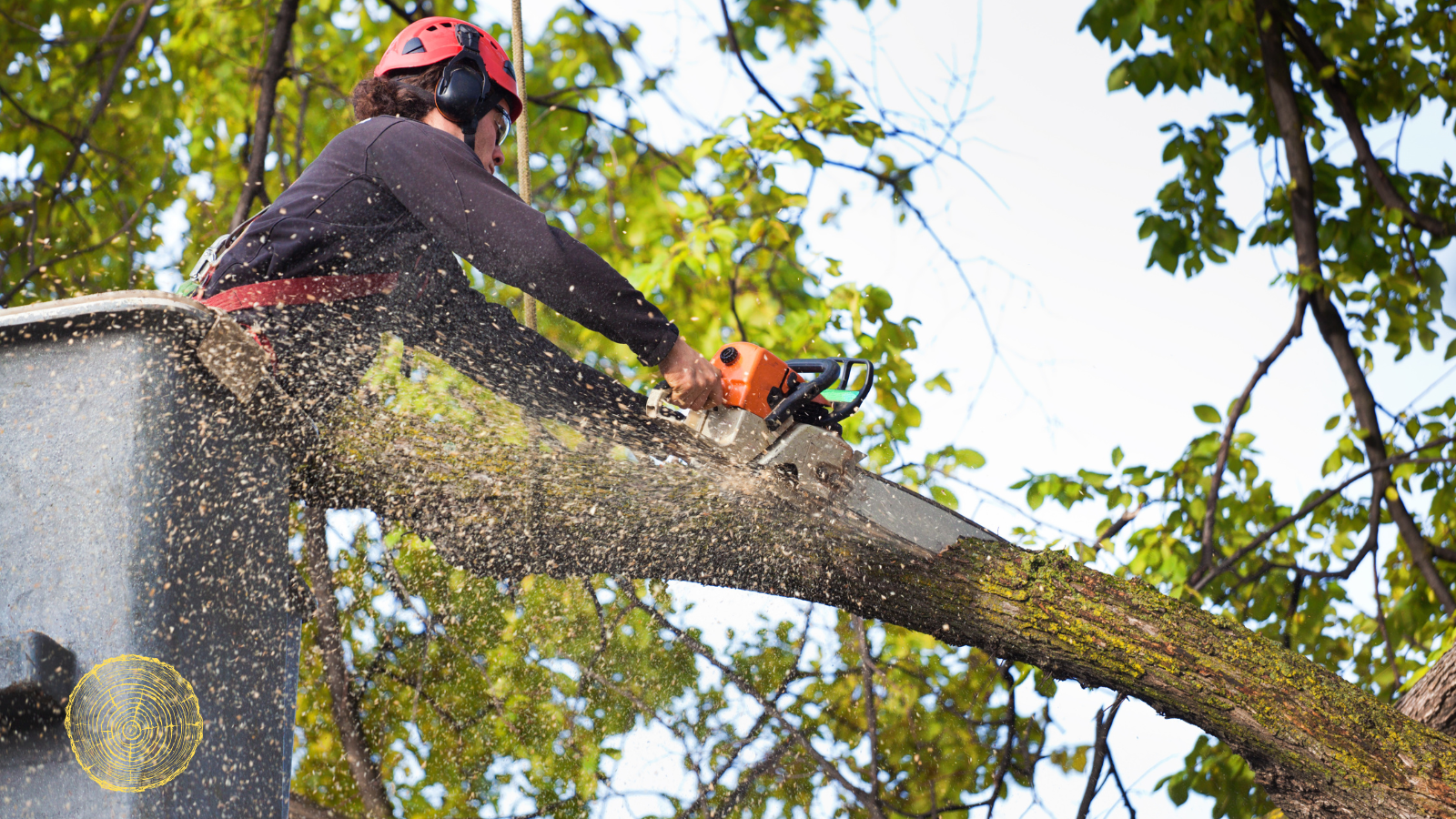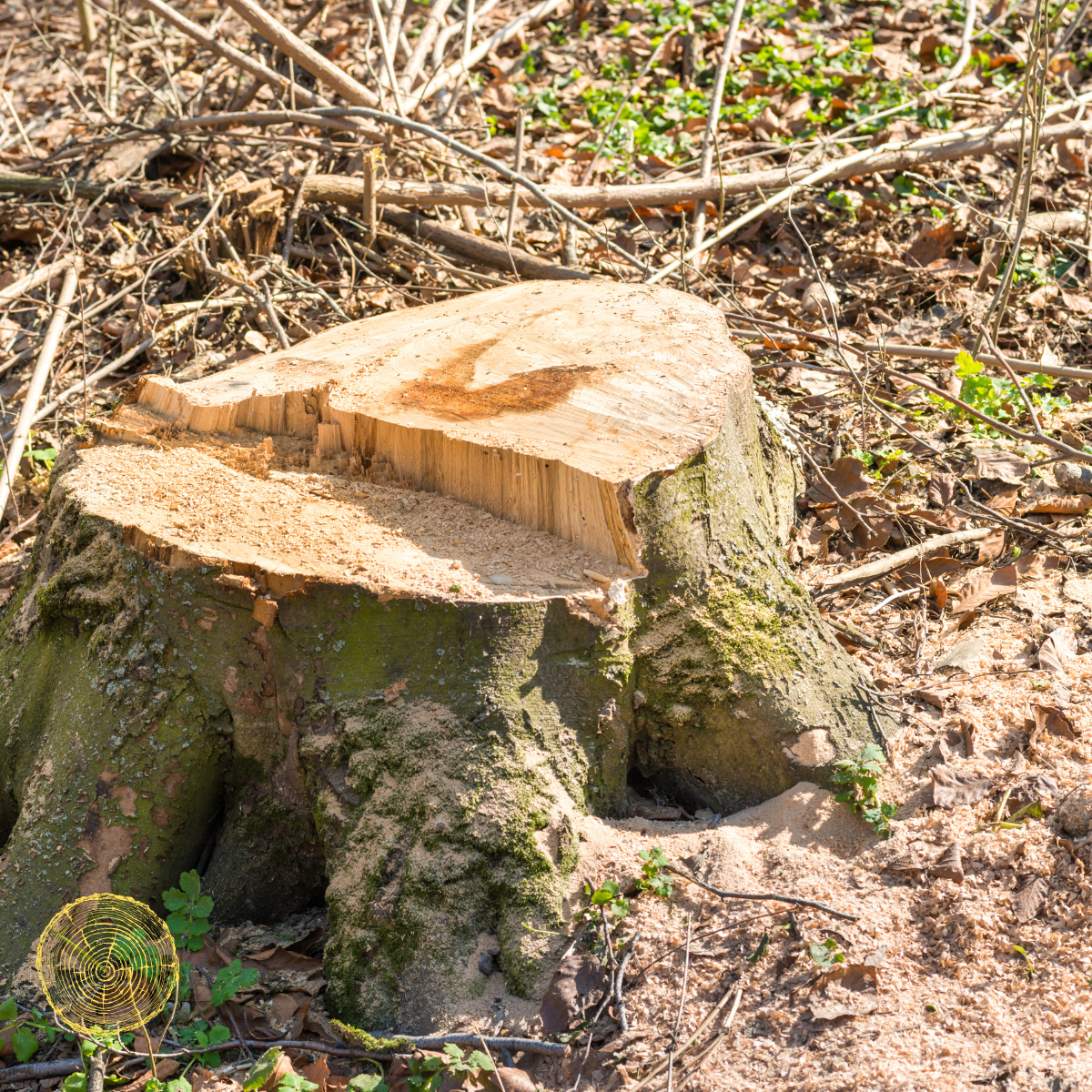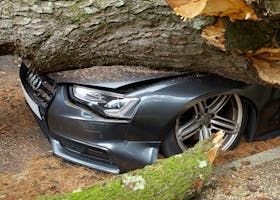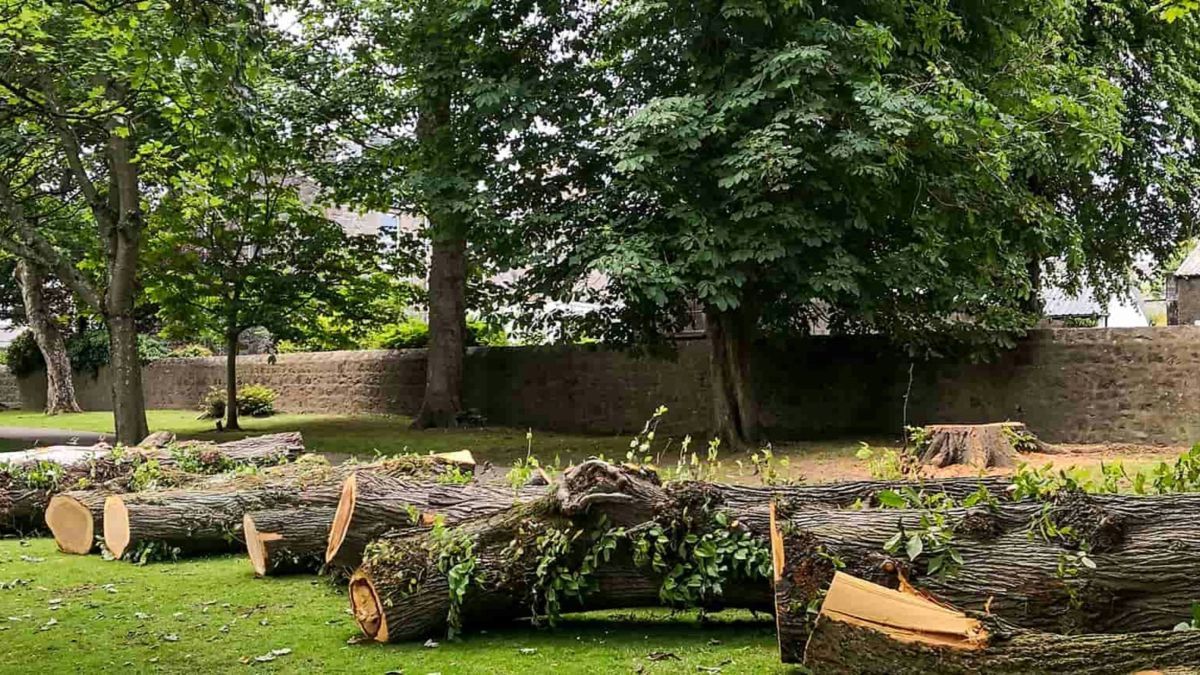When is a Tree Dangerous and Needs Immediate Removal? Wichita Expert Guide
As a Wichita homeowner, you've probably wondered whether that towering oak in your backyard or the storm-damaged maple near your driveway poses a real threat. With Kansas weather bringing everything from severe thunderstorms to ice storms, knowing when a tree becomes dangerous isn't just helpful—it's essential for protecting your family and property.
Immediate Danger Signs: When to Call for Emergency Removal
Some tree conditions require immediate action, especially here in Wichita where we experience sudden weather changes. If you notice any of these signs, contact a professional tree service immediately:
Severe Storm Damage: Trees that have been struck by lightning, severely damaged by wind, or have large branches hanging precariously need immediate attention. In Wichita's tornado alley location, storm damage can compromise a tree's structural integrity in ways that aren't immediately obvious. Don't wait— emergency tree removal services are available 24/7 for these situations.
Trees Leaning at Dangerous Angles: A tree that has suddenly developed a significant lean (especially after a storm) or is leaning toward your home, power lines, or high-traffic areas like driveways and sidewalks poses an immediate threat. While some trees naturally grow at slight angles, sudden changes in lean indicate root or trunk failure.
Large Dead or Hanging Branches: Dead branches, especially those over 4 inches in diameter, can fall without warning. In neighborhoods like College Hill, Riverside, or Old Town where mature trees are common, these "widow makers" are particularly dangerous during Wichita's frequent wind events.
Structural Integrity Warning Signs
Beyond immediate dangers, several structural issues indicate a tree needs removal sooner rather than later:
Trunk Damage and Decay: Cracks in the trunk, especially those that extend more than one-third of the way around the tree, indicate serious structural weakness. Fungal growth, soft or spongy bark, and cavities in the trunk are signs of internal decay that compromise the tree's ability to withstand Wichita's variable weather conditions.
Root System Problems: Exposed roots, especially those that show signs of decay or damage, can indicate the tree's stability is compromised. Construction damage to root systems is common in developing areas like Maize, Andover, and Derby, where new construction may have disturbed established root zones.
Multiple Trunk Splits: Trees with multiple trunks that show signs of splitting or weak attachment points are particularly vulnerable during ice storms—a common occurrence in Kansas winters. These trees often fail catastrophically during weather events.
Disease and Pest-Related Dangers
Certain diseases and pest infestations can quickly make a tree dangerous:
Emerald Ash Borer Damage: This invasive pest has been detected in Kansas and specifically threatens ash trees throughout the Wichita metro area. Trees severely damaged by this pest often become brittle and unpredictable, requiring removal before they fail.
Oak Wilt and Other Fungal Diseases: These diseases can kill trees rapidly, making them structurally unsound. Trees showing signs of sudden branch dieback, unusual leaf discoloration, or fungal growth should be evaluated immediately.
Advanced Root Rot: Often caused by overwatering or poor drainage—common in some Wichita neighborhoods with clay soil—root rot can make even large, seemingly healthy trees unstable.
Location-Specific Risk Factors in Wichita
Your tree's location significantly impacts its danger level:
Proximity to Structures: Trees within falling distance of your home, garage, or neighbor's property pose higher risks. Given typical lot sizes in established Wichita neighborhoods, most mature trees fall into this category.
Power Line Interference: Trees growing into or near power lines create both fire and electrical hazards. Evergy (our local utility) has specific guidelines about tree proximity to power lines, but homeowners are often responsible for trees on their property that threaten service lines.
High-Traffic Areas: Trees near sidewalks, driveways, or streets in busy areas like downtown Wichita or near schools pose greater risks due to higher potential for injury or property damage if they fail.
When Professional Assessment is Critical
While homeowners can identify obvious dangers, many tree hazards require professional evaluation. Consider professional assessment if:
You're unsure about a tree's condition after a storm, you notice gradual changes in the tree's appearance or structure, or you're planning construction or landscaping that might affect the tree's root system. Understanding what factors affect tree removal pricing can help you budget for necessary services.
A certified arborist can perform detailed structural assessments, identify diseases or pest problems in early stages, and provide documentation for insurance purposes if needed. This is particularly valuable given the comprehensive tree removal services available in the Wichita area.
Don't Wait: The Cost of Inaction
Delaying removal of a dangerous tree often leads to much higher costs. Emergency removal after a tree fails typically costs 2-3 times more than planned removal. More importantly, the risk to life and property isn't worth the gamble.
Insurance companies also prefer proactive tree management. Many policies cover tree removal only after damage occurs, but they may not cover damage to your property if you ignored obvious warning signs. Documenting professional assessments of problematic trees can protect you if insurance claims become necessary.
If you're concerned about costs, remember that tree removal pricing in Wichita varies significantly based on the tree's condition and removal complexity. Getting quotes for planned removal is almost always more economical than emergency services.
Ready to get your tree safety assessment started? Connect with one of our trusted Wichita tree removal professionals for a free, no-obligation evaluation. All of our featured companies are licensed, insured, and known for quality work.

